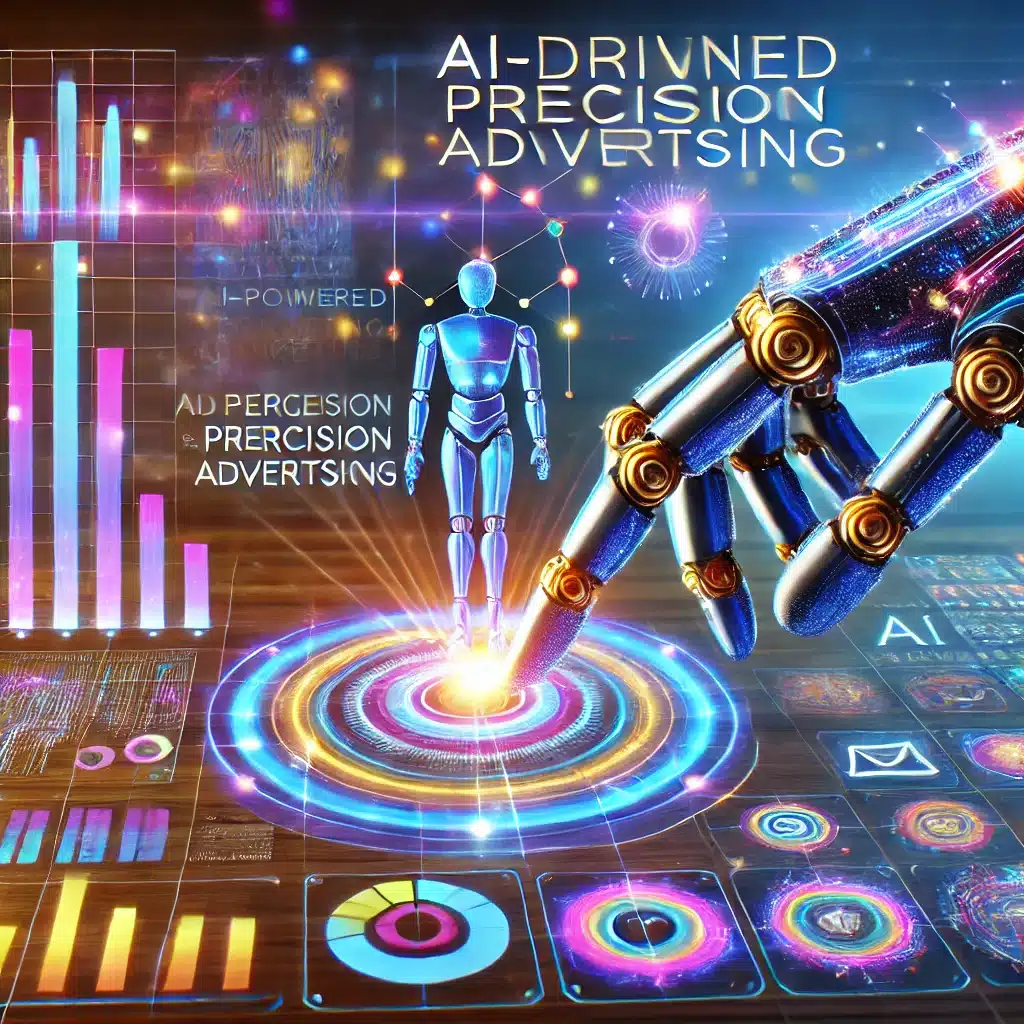The Power of AI-Driven User Guidance
Digital transformation is now a key element in businesses today. According to Gartner, 91% of businesses are actually engaged in some form of digital activities while 87% of senior business leaders consider digitalization as important. Nonetheless, for every dollar spent on expensive software, productivity in employees remains unchanged.
The reason behind this all lies in software design, a one-size-fits-all type. Developers have long standardized interfaces without any account of the diverse needs and personal preferences of users. The problem is, then, issues of underutilization, increased friction in the digital field, and longer time to value. According to a recent Digital Adoption Trends Report, 84% of employees do not know how to use core software features. This doesn’t help much to an organization in improving productivity and reaping the full benefits of having software in place.
Introducing AI-Driven Digital Adoption Platforms
Integration of AI in digital adoption platforms will emerge to resolve the above challenge. AI-driven DAPs will deliver personalized and contextual guidance, uniquely defined for each user based on their own features. This innovation decreases confusion while maximizing use of just-in-time support for personalized walkthroughs and contextual prompts.
This power is passed on through machine learning algorithms and advanced data analytics, where AI-driven DAPs change how users will interact with digital tools. The holistic approach creates this support at every step possible for employees, hence making it a productive and satisfying digital work environment.
Implementing AI-Driven User Guidance
To implement AI-driven guidance effectively, however, start with assessing existing software usage. Involve the end-users in the implementation process. Choose a flexible DAP solution that fits over existing applications without leaving their lines and wrinkles. Plan for data privacy and security, then build metrics to measure influence and maintain a user feedback loop at all times.
It translates to higher productivity, reduced time-to-proficiency of new hires, lower cost of support, and hence greater ROI on software. Read further on Driven User Guidance in Digital Adoption for more insight.
The Art of Crafting Effective AI Prompts
With the new rise in generative AI comes a new role: the prompt engineer. He is the man responsible for crafting every word of the precise prompts to achieve the desired outcome by AI. Of course, this is easier said than done because no two AI models are alike. Each one will have its nuances, learning journeys, and biases.
It is crucial to understand what that specific model is capable of tackling. The prompt engineering is partly technical but also highly creative. Significant analytical thinking and problem-solving will come into play. Well-crafted prompts maximize AI efficiency and are strategic business tools.
Human know-how is very important in the articulation of prompts for AI guidance toward meaningful outcomes. Want to know more? Read Crafting Effective AI Prompts.
Conclusion: Embrace AI for Enhanced Productivity
Organizations need to move beyond standardized software experiences, embracing AI-driven personalization. This would unlock the full power of software investments and nurture healthy, productive workforces. This future of work is enabled by AI and is centered on productivity. What these opportunities present is allowing business organizations to foster a more efficient and satisfying digital future.



